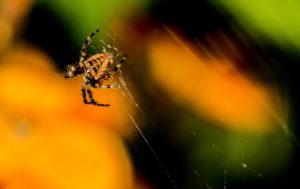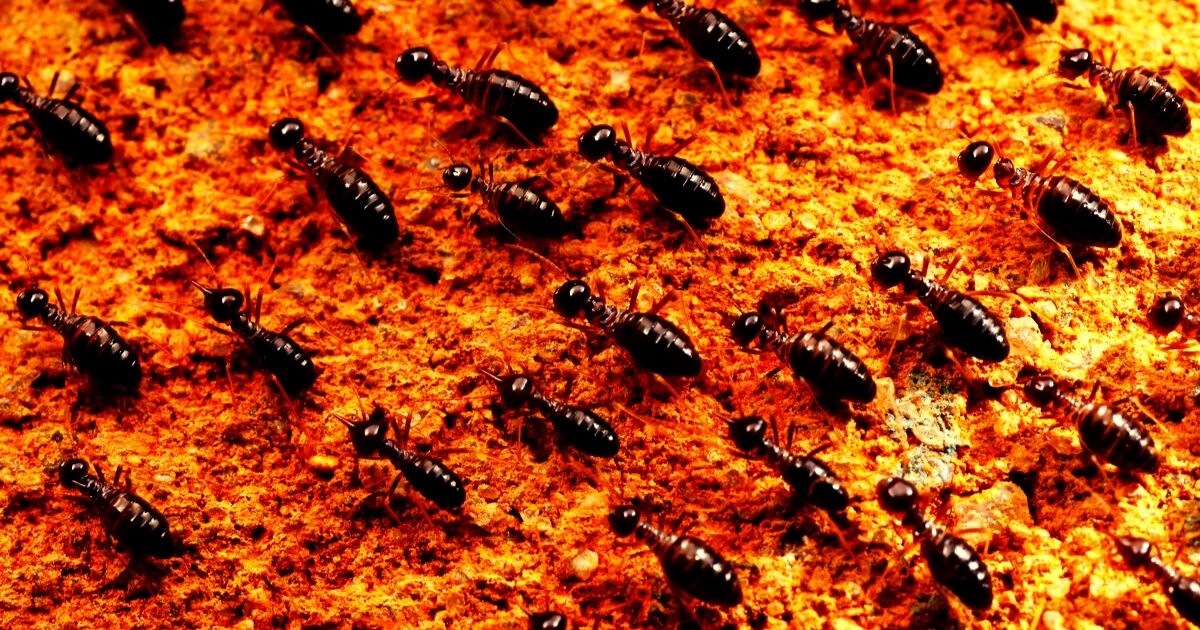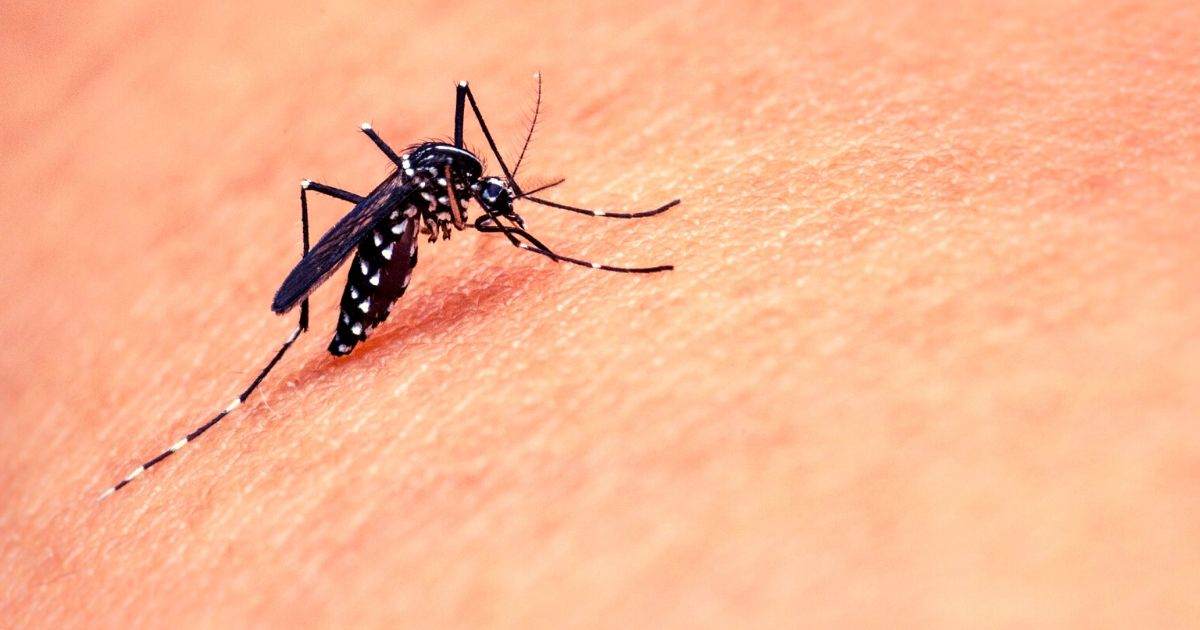Common Spiders in Singapore
Common Spiders in Singapore
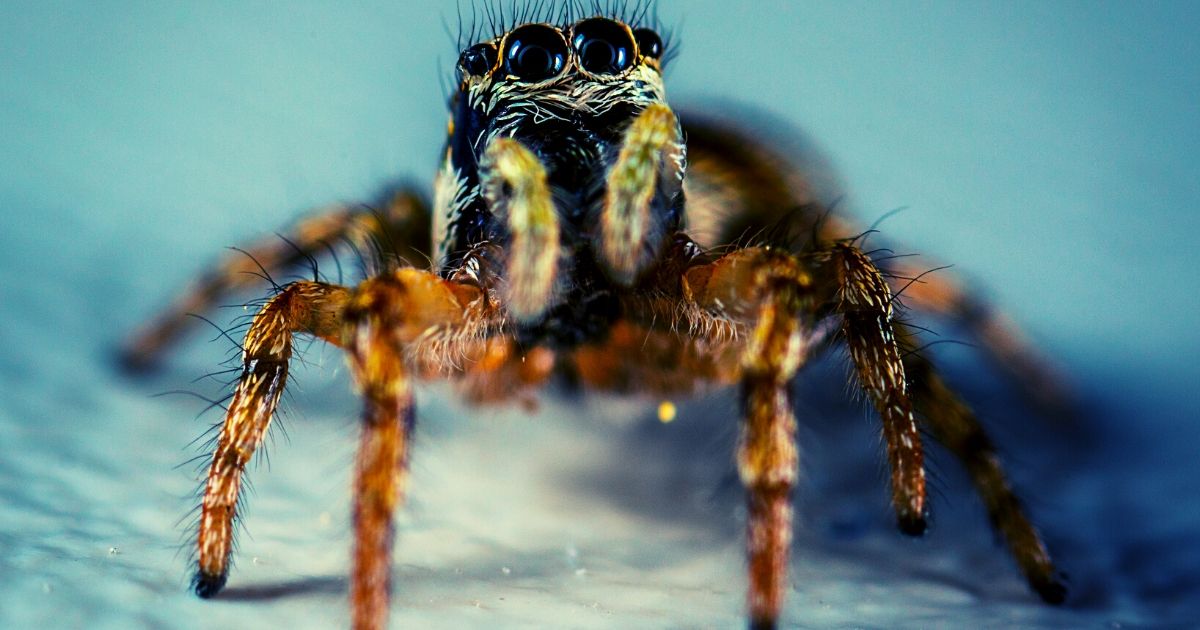
Singapore is home to almost one hundred different species of spiders. The nation possesses a diverse range of biomes which provide different opportunities to arachnids.
Thankfully, some of the largest, most venomous, and intricately colored spiders will not be found in urban areas and instead live in densely forested regions.
Property owners will still be likely to encounter other arachnids that can pose a threat to inhabitants and visitors to a location.
Spiders are not insects because they feature eight legs instead of six and have two body segments instead of three. The majority of spiders have eight eyes and all cannot hear. Instead, they have special hairs on their legs which detect movement in the environment around them.
Spiders are a form of arthropod characterized by their jointed legs, symmetrical bodies, and thick exoskeleton made of a material called chitin. Many people are scared of the appearance of spiders because of their unusual anatomy and how many possess fangs or pincers that deliver painful bites.
Almost all of these arachnids are venomous and will secrete digestive enzymes to break down their prey. None of the spiders in Singapore are known to have lethal bites and there have been few incidences of individuals being hospitalized.
8 Common Spiders in Singapore
In Singapore, there are several spider species that are commonly encountered in urban areas and some of it could potentially be considered pests due to their presence in the human habitats. However, it’s important to note that most spiders play a beneficial role by controlling insect populations.
Urban areas are frequently sprayed to keep the spider and other pest populations low.
Properties with gardens or that are near protected areas are more likely to suffer from infestations, but the larger spiders are unlikely to invade.
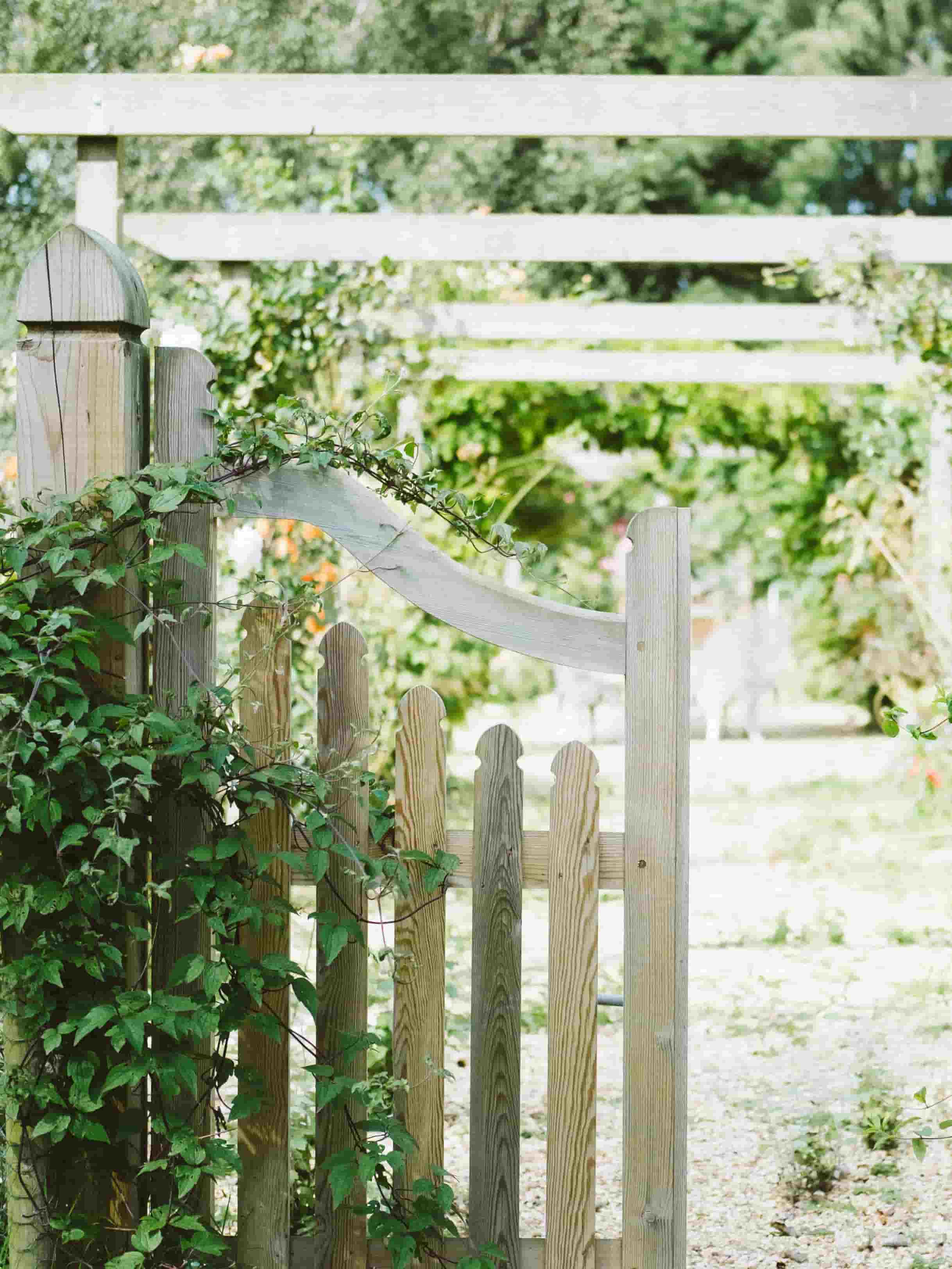
Some of the most commonly seen spiders around homes and businesses in Singapore are the Kidney Garden Spider, the Wolf Spider, Domestic Huntsman Spider, Cellar Spider, Black Widow Spider, Brown Recluse Spider and Fighting Jumping Spider.
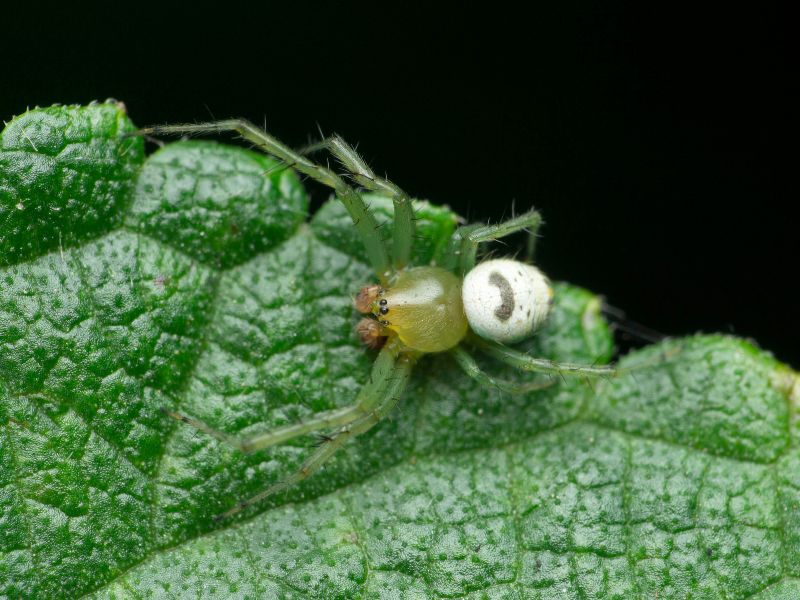
Kidney Garden Spider
The Kidney Garden Spider lives in gardens and low bushes but can enter a property in search of food and other resources. Females can range in size from 6-9 mm. while males are 3-5 mm. This pest has a thick, round abdomen which is primarily white with black or dark brown markings. They are easy to identify because they have a dark, kidney-bean shaped mark on their backs.
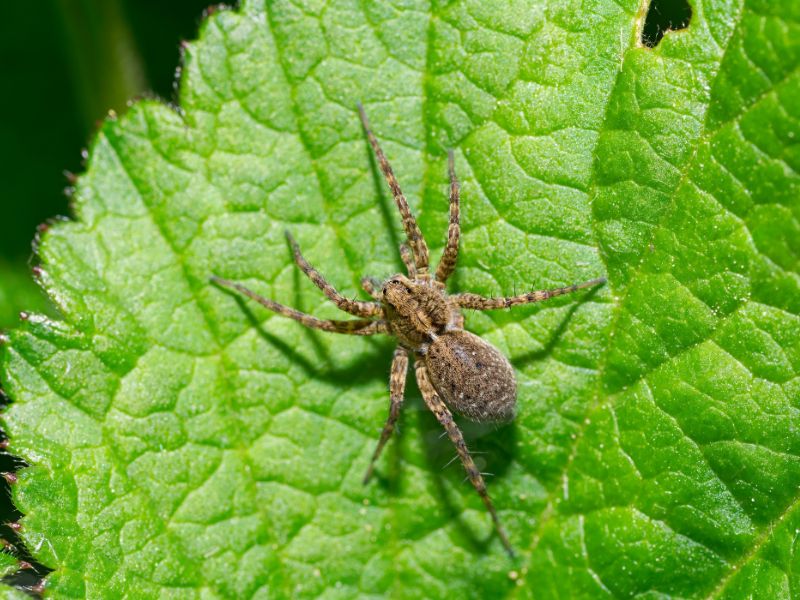
Wolf Spider
Wolf Spiders can be anywhere between 10 and 35 mm. large and range in colour from a dark yellow to tan to dark brown. These pests are primarily hunters and do not often build webs. Instead, they will search for prey and attack. Wolf Spiders possess three rows of eyes and have claws at the end of their legs to aid in their hunting. These are one of the most common invaders and will bite people and animals if they feel threatened.
This spider specie are known for its active hunting behaviour for their prey. Commonly found at the gardens or may occasionally enters the buildings. While their presence might be considered as nuisance and may trigger arachnophobia (phobia toward spiders), these spiders play an important role in our environment by controlling pest populations.
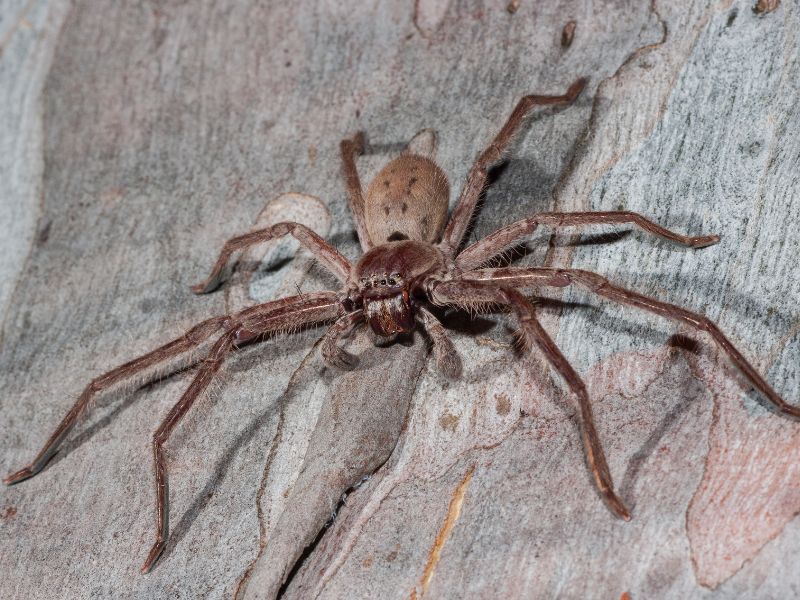
Domestic Huntsman Spider
The Domestic Huntsman Spider have bodies which grow to be 3 cm. long with legs that are twice that size. They are a muddy brown with black around their faces. The females have a long horizontal white stripe across the front of their heads while the males have a pair of dark brown patches on the back. The Domestic Huntsman is a nocturnal creature and primarily feeds on cockroaches. If found on a property, they can indicate that there is another lurking pest problem.
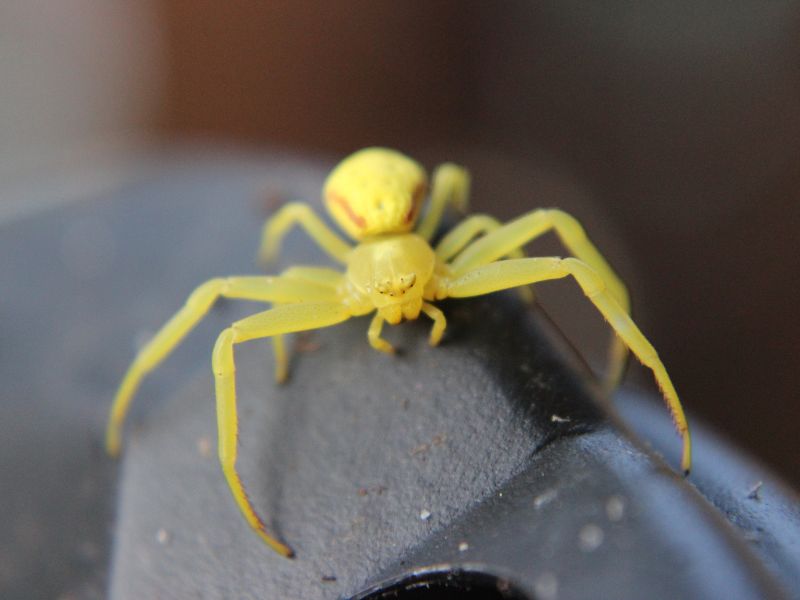
Yellow Sac Spider
The Yellow Sac Spider is a small spider with a pale yellow to light green coloration and a slightly flattened body. It is recognized for its unique sac-like web, which it spins in the corners and crevices of walls and leaves. The Yellow Sac Spider preys on insects, play important role in controlling of pest populations. While their bites are not typically severe, however, it can cause skin irritation, especially for individuals with weakened immune systems.
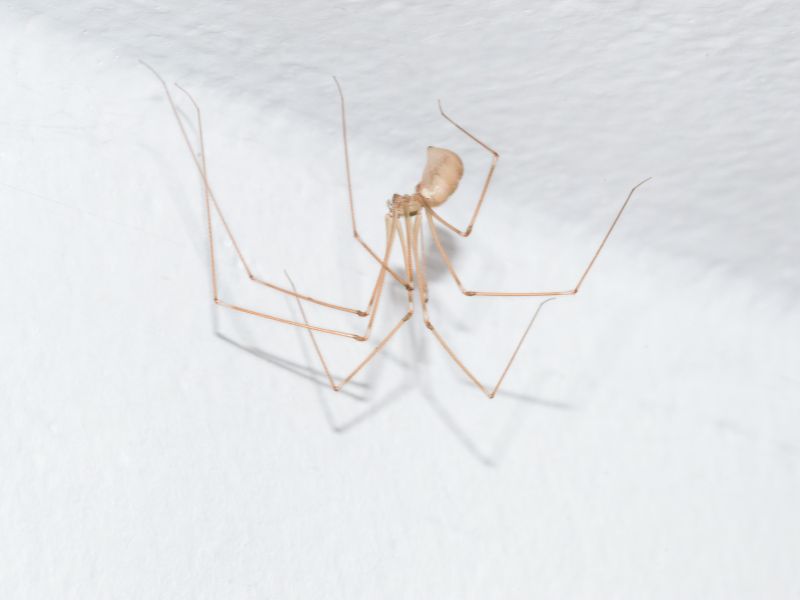
Cellar Spider
Cellar spiders, commonly known as “Daddy longlegs,” have long, delicate legs and small bodies. These spiders can be found indoor particularly at the dark area of corners and crevices, where they wait to capture prey. Cellar spiders are not venomous and are considered harmless to humans.
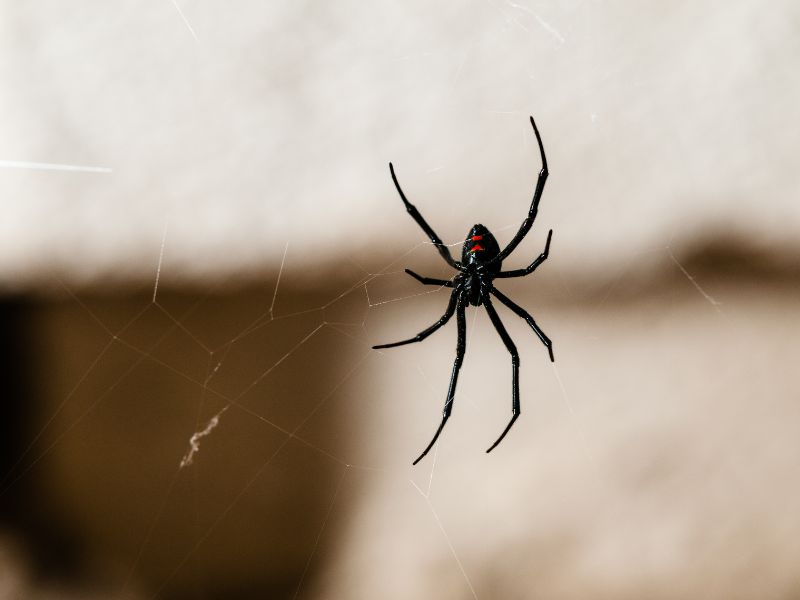
Black Widow Spider
The Black Widow spider are venomous spiders, recognizable by their black color and red marking. Bites from female Black Widows can cause discomfort, pain, and, in rare cases, severe symptoms.
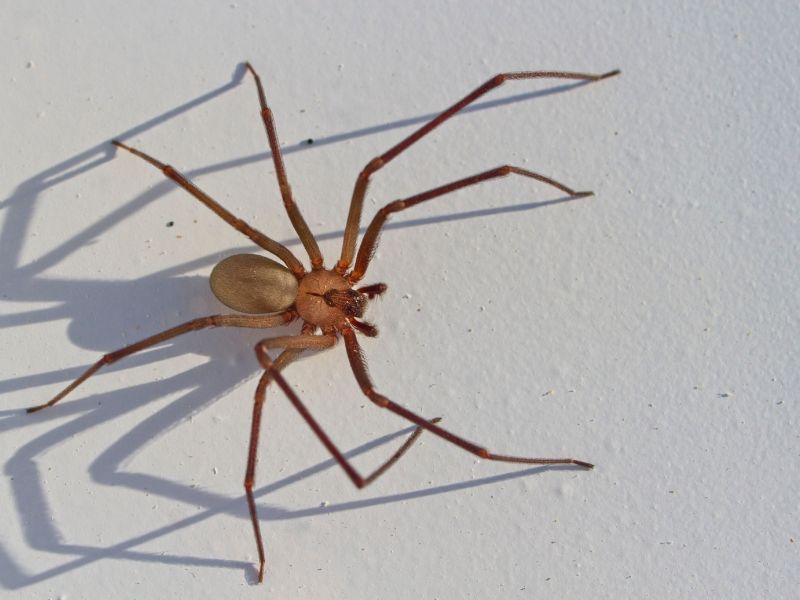
Brown Recluse Spider
The Brown Recluse spider is known for its distinctive violin-shaped markings on the back. They have a venomous bite that can cause pain and, in some cases, systemic symptoms.
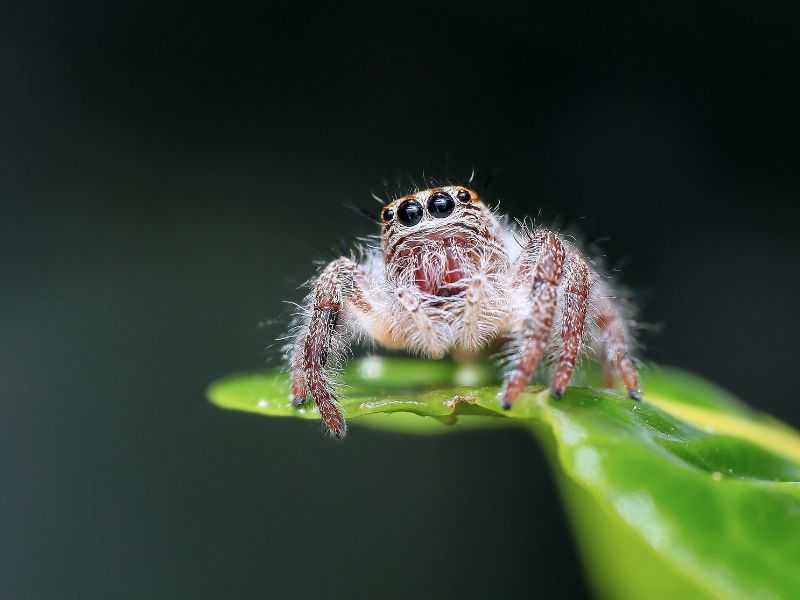
Fighting Jumping Spider
The Fighting Jumping Spider are iridescent green-blue in color, males being bluer and females greener. They get their name for their behavior as two males will readily fight each other.
Signs of a Spider Infestation
Spiders will venture inside a property in search of food, to stay warm during cooler days, or to find a mate. One of the biggest warnings of an infestation is finding spider webs in the corner of rooms, which is a sign that the pest is making itself at home.
Besides this signal, there are very few signs of when spiders have entered a property. Most people will not realize there is an infestation until they see the pest themselves.
Individuals need to be careful when dealing with spiders.
Because they can venture inside during mating season, a person might not realize they have a problem until the young spiders have already left their mother’s egg sac and are roaming around.
Pro Tip: Hiring pest control professionals helps not only to treat active spider infestations but also to identify and remove the reasons behind the infestation.
How to Prevent a Spider Infestation?
One of the best ways to prevent an infestation is to keep the property clean. Spiders are attracted to areas which have other pests such as flies, cockroaches, and beetles. These pests are attracted to habitats with food, so a person can prevent spiders by making their home undesirable to other pests.
Cracks around doorframes windows, and in walls should be sealed to ensure spiders do not have a way in. Finally, since many types of spiders live in gardens and vegetation, it’s important to keep plants away from the house. People should make sure there is space between their gardens, shrubs, and compost piles and their homes or businesses so spiders have a harder time transitioning from the vegetation to the building.
Best Ways to Prevent Spiders from Entering Your Home
To prevent spiders from entering your house you need to make your home less appealing to them. Here are some effective ways to keep spiders away:
- Seal entry points. Inspect for any gaps, cracks, cracks and opening where spiders might invade. Keep doors, windows or other potential entryway closed and consider using door sweeps to close gaps under door.
- Reduce clutter. Spiders are attracted to the clutter area where they can hide. Keep the area tidy and reduce the clutter to eliminate hiding spots for spiders and other pests.
- Regularly clean your home, vacuum clean to remove spider webs and eggs especially at the corners and behind the furniture.
- Pay attention to outdoor landscaping, trim plants to reduces the likelihood of spiders building webs near entry points.
- Use natural repellents, like essential oils, vinegar, or chestnuts, to keep spiders away.
- Keep the yard clean and remove clutter in your yard to reduce hiding places for spiders.
Frequently Asked Questions
Although all spiders are venomous, only some species produce venom that is dangerous for humans.
Spiders don’t actively attack people, biting is a self-defense mechanism that spiders use they feel a threat to their life.
Most spiders that live in the urban areas are not poisonous, however, you can find some poisonous species in the jungle areas of Singapore.
There are over 800 species of spiders found in Singapore, however, most of them live in the jungles and forested areas of Singapore.

